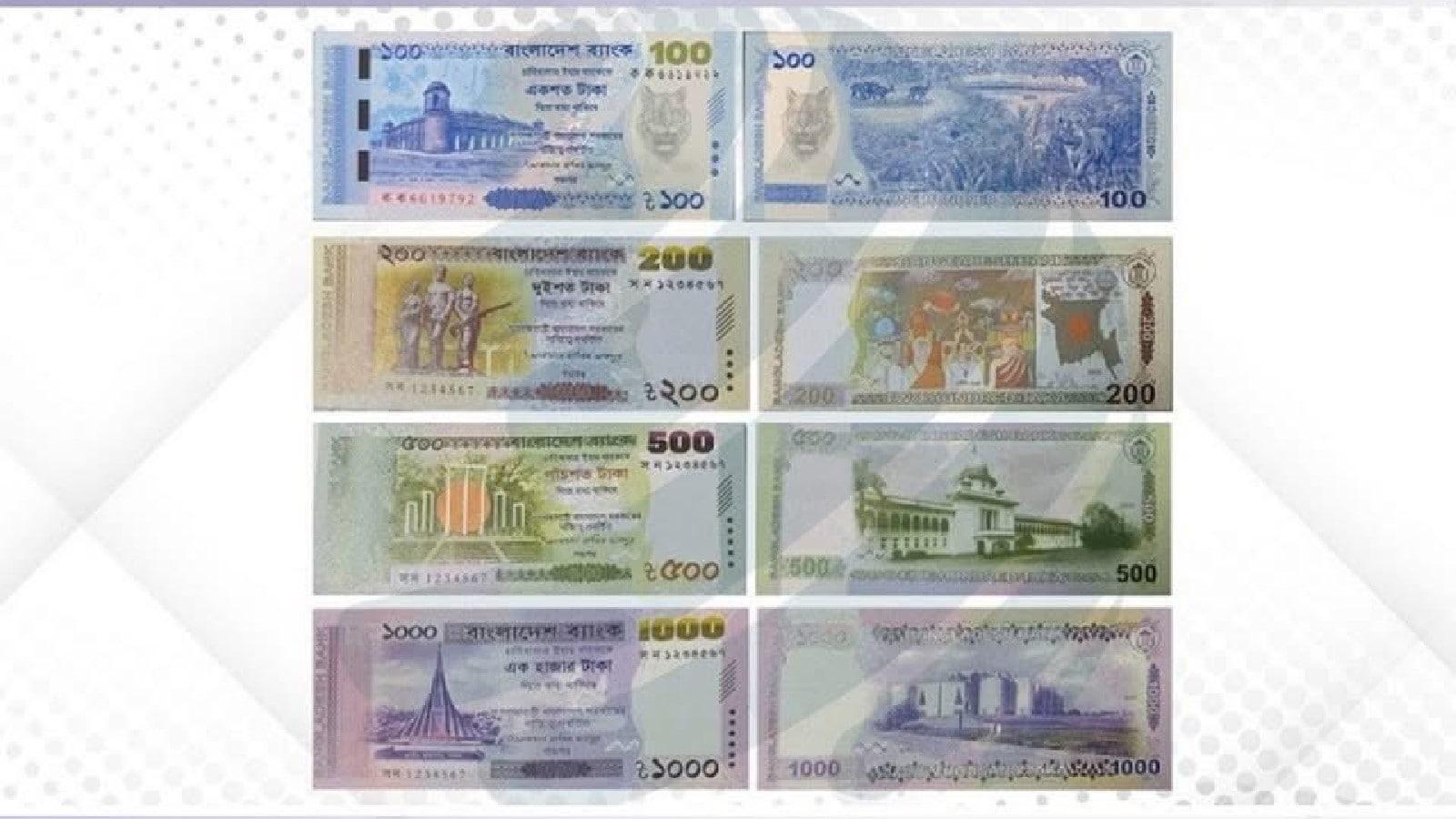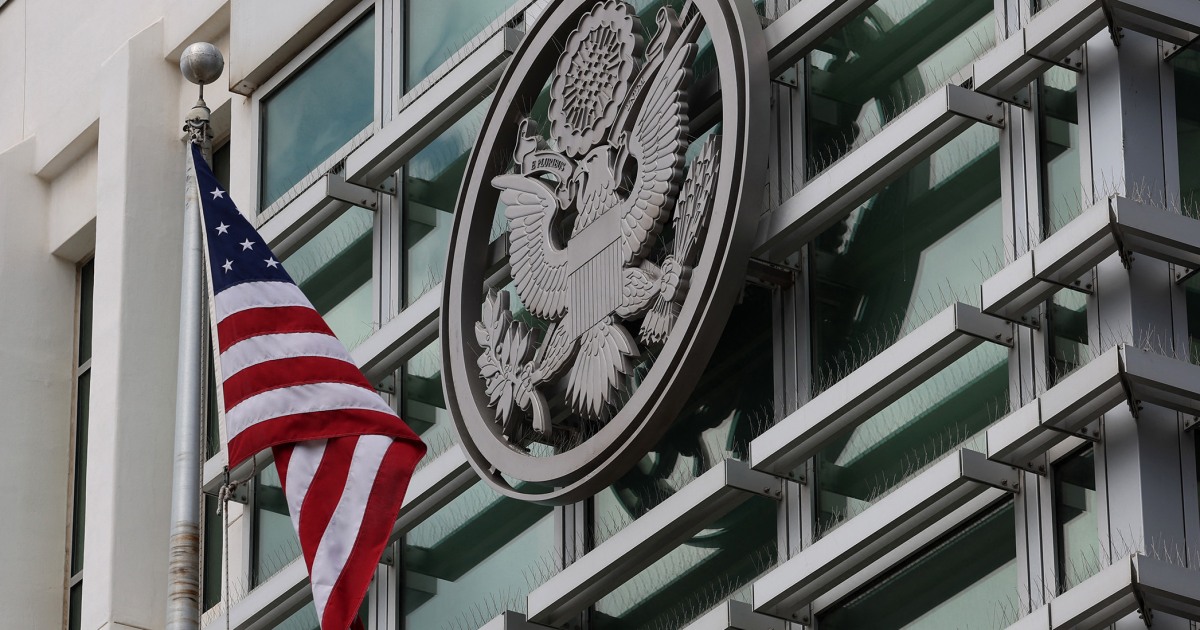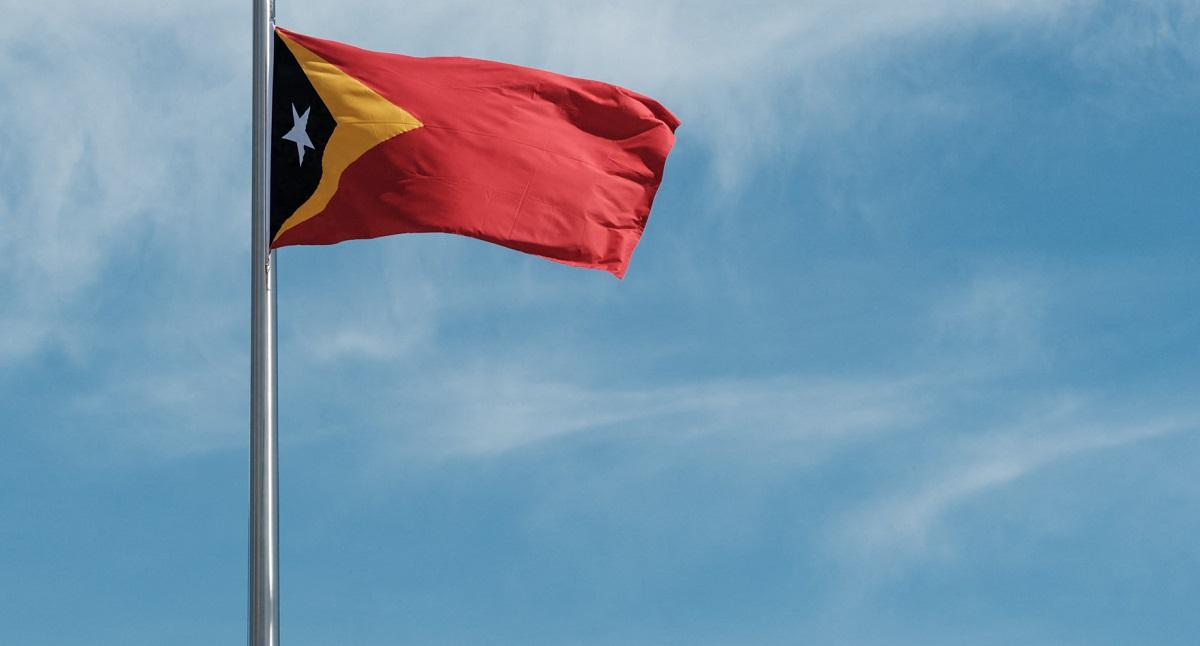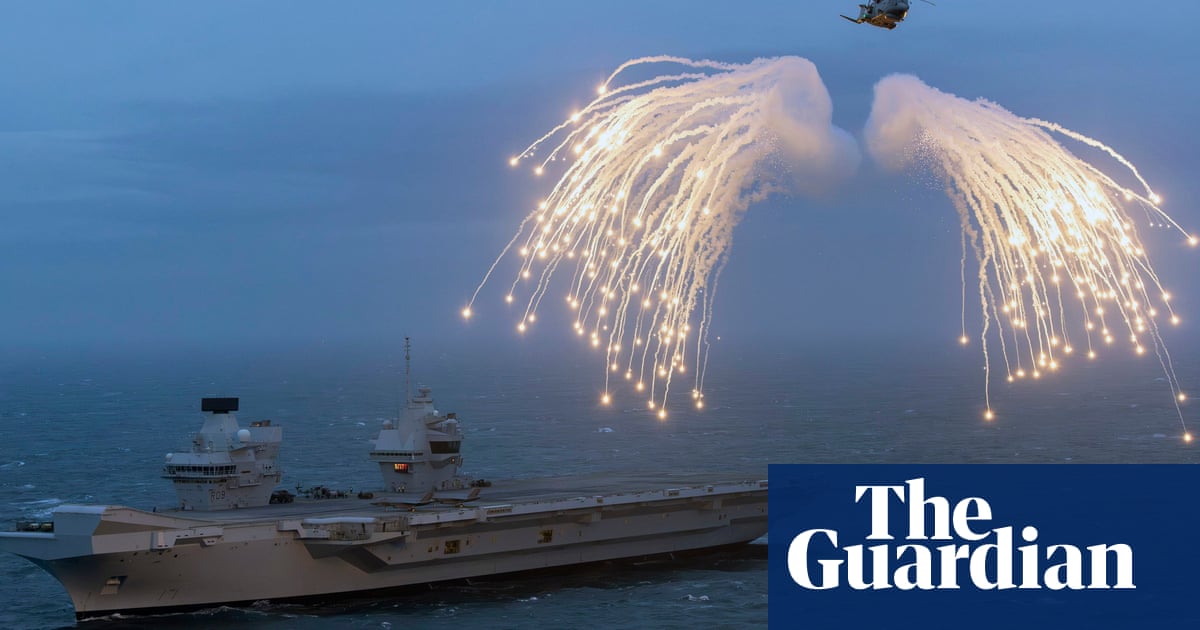Pakistan to Increase Defense Spending in FY26 Budget Amid Rising Tensions with India

In a significant announcement on Sunday, Ahsan Iqbal, Pakistan’s Minister for Planning and Development, indicated that the government plans to boost defense spending in the upcoming budget for the fiscal year 2025-26. This decision arises from escalating military tensions with neighboring India, as Pakistan seeks to bolster its military capabilities against what Iqbal characterized as India's 'hegemonistic designs.'
This escalation in rhetoric and military readiness comes in the wake of a disturbing series of confrontations between the two nuclear-armed countries. Earlier this month, Pakistan and India engaged in a dramatic exchange of missile, drone, and artillery fire—the most intense military clash in decades. This conflict ignited on May 7 following an attack in April on tourists in Indian-administered Kashmir, which New Delhi attributed to Pakistan. Islamabad has staunchly denied these allegations, further inflaming the situation.
The military confrontations intensified when India claimed to have targeted what it described as "terrorist infrastructure" in Pakistan and Azad Kashmir using missiles. In retaliation, Pakistan asserted that it successfully shot down six Indian fighter jets, marking a significant escalation in hostilities. This exchange of fire continued for four days, culminating in a ceasefire agreement on May 10.
During a recent interview with Arab News, Iqbal emphasized the importance of increasing defense funding, stating, “Obviously, Pakistan will do anything within its reach to make its defense impregnable.” He refrained from providing specific figures regarding the planned increase in defense allocation. The upcoming budget is set to be unveiled on June 10, coinciding with ongoing discussions with the International Monetary Fund (IMF) regarding Pakistan’s fiscal strategy.
Pakistan's defense procurement heavily relies on China, its main supplier of military equipment. Notably, over half of Pakistan's approximately 400 fighter aircraft are sourced from China, including the JF-17 and J-10C models. Reports from the Stockholm International Peace Research Institute (SIPRI) indicate that since 2015, China has sold arms worth $8.2 billion to Pakistan, making it the top recipient of Chinese weaponry during the 2020-2024 period, consuming 63 percent of China's arms exports.
Addressing speculation about expedited deliveries of China's advanced J-35A fifth-generation stealth fighters to Pakistan, Iqbal remarked, “Pakistan’s fighter jets have already done well against India, and the country will do anything it can to make its defenses stronger.” However, the finance ministry has yet to comment on the anticipated increase in defense spending.
Despite ongoing negotiations between the Pakistani government and the IMF, no final agreements have been reached regarding the defense budget. An official involved in these budget discussions revealed, “We are discussing all the issues including Pakistan’s revenues and defense with the IMF but nothing has been finalized yet.” The IMF maintains a neutral stance on country-specific defense budgets.
Following the ceasefire, Indian Prime Minister Narendra Modi issued a stark warning to Pakistan, indicating that India would not hesitate to target alleged terrorist hideouts across the border should further provocations occur. Modi emphasized that India had merely paused its military operations and would closely monitor Pakistan's actions moving forward.
Financial experts in Pakistan, including Ashfaq Tola, chairman of Tola Associates, anticipate a substantial increase in the defense budget due to the heightened military tensions. Tola estimates that the defense budget could witness an increase of over 40 percent from the current allocation of Rs2.122 trillion ($7.53 billion), potentially reaching Rs3,000 billion ($10.6 billion). He stressed the need for enhanced funding to support various military requirements, including ammunition, surveillance, and troop management at the border.
A report from Tola Associates suggests that, given the current geopolitical climate, raising the defense budget to Rs2.8 trillion—a 32 percent increase compared to the previous fiscal year—would be prudent. They noted that the actual defense expenditure till March 2025 stood at Rs1,424 billion, and with ongoing military tensions, further increases in defense spending are likely.
In Pakistan, defense spending is a major component of the national budget, second only to debt servicing. This allocation reflects a complex web of regional security concerns, particularly the perceived threat from India, as well as internal challenges, including terrorism. Over the past five years, Pakistan's defense expenditures have surged by more than 60 percent, reaching Rs2.12 trillion ($7.53 billion) or two percent of its GDP, according to research by Arif Habib Ltd.
Experts, such as Michael Kugelman, a South Asia specialist, have observed that the recent military clashes may have emboldened Pakistan's military, allowing it to regain public support and confidence. This could lead to increased defense spending even as the overall economy remains fragile, despite some recent stabilization efforts.


























